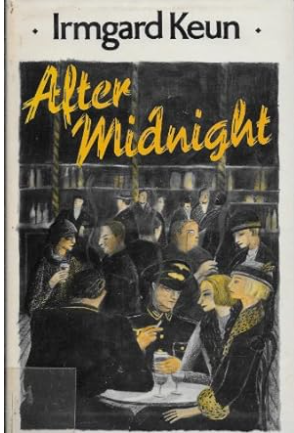Josephine Balmer - Classical Women Poets
Josephine Balmer. Classical Women Poets. (United Kingdom: Bloodaxe Books, 1996).
Balmer not only translates the collection of poems by female poets from ancient Greece and Rome but also, excitingly for me, relates the content to second-wave women poets. She reinforces the importance of poets naming themselves in song. Like Gregory Nagy says, that is what a hero is, one whose glory is celebrated in song. That confers immortality.
The Greek poets include Sappho, Corinna, Telesilla, Praxilla, Erinna, Moero, Anyte, Hedyle, Nossis, and Melinno, as well as Latin women writers. Of course, most of what has survived are fragments. The women wrote lyrics to be sung, both at communal events and privately, including laments, hymns, and epigrams. Balmer shows the artistry of the poets, their agility at wordplay, their subversion of Homer's epigrams and imagery, rhythm, alliteration, and other sound effects. They apply the devices of Homer, for example, to domestic issues in women’s lives, thereby subverting and deflating the grandiose and revered poetry they reference. Whereas poets like Sappho and Erinna undermine male traditions to create a parallel women's world in their works, Anyte subverts heroic norms throughout her poetry, characterising a barking dog as a Homeric warrior or a babbling brook as an epic roaring ocean. Balmer’s work shows that women were doing this from the beginning of literature.
Balmer highlights their contributions to the literary canon and the ways they used their writing to express their experiences and perspectives. I am excited to follow up on Balmer’s connections between ancient women writers and modern women poets, both in terms of the devices they use and the subjects they address. I would love for Josephine Balmer to see my work. I can imagine materialising these connections on a loom with the ancient women poets as loom weights for the warp and the writing of subsequent women woven in as the weft. This would show that women’s writing has a long history, if only we recognise it, and that history both reveals and conceals the history of women’s writing.
Balmer reports that women poets thrived in decentralised cultures, but they disappeared under strong centralisation where poetry was valued as a noble pursuit. Women benefited from oral song writing since songs were passed down from mother to daughter and sung in public. Although there has always been criticism of women's poetry, the translations presented here show some amazing correspondences. Even now, women poets continue to be concerned with certain images and topics, including childhood activities and memories, the Muses, the moon, marriage, animals, women's work, women's beauty, maternity, and women's generations, women's deities, festivals, lament, and finally, love. Classical women's poetry subverts masculine literary genres by frequently using revisionist myth-making and memory to build a private as well as a collective mythology.
I had not known that so many women poets had been acclaimed in ancient times. It is believed there were statues of Erinna, Moero, and possibly Corrina. Literary innovations were named after Telesilla (Telesillian metre), Praxilla (Praxillian metre), yet the legacy of Sappho is not so much her poetry as her sexuality (Sapphic). Antye invented her own compound adjectives. Hedyle rewrote Homeric monster women.
The second wave of writers Balmer maps to include Stevie Smith, Wendy Cope, Carol Anne Duffy, H.D. May Sarton, Adrienne Rich, Marianne Moore, and Margaret Atwood. She also references Alicia Ostriker’s call for women to create a literature of their own. Fragments as form is also considered, with reference to Diane Rayor’s observation that ‘fragments can offer intriguing possibilities, echoing broken conversations, trailing voices’ (p. 20).
We have two examples of Latin women poets who wrote centos. First is Proba, an early Christian woman whose ‘masterpiece, a reworking of Virgil known as a cento, or ‘patchwork quilt’, which unravelled his epic poems such as the Aeneid or the Georgics and stitched them back together to form a new seven-hundred line poem celebrating the life of Christ’ (p. 111). Balmer regards her work as a personal statement executed with ingenuity and style, technical skill, and scholarship. Second is Eudocia who created ‘an eight-hundred line poem on the martyrdom of St. Cyprian, and, like Proba, a cento, this time in Greek, stitched from Homer’s epic poems’ (p. 116). Balmer’s judgement is that it displays ‘a grasp of literary artifice, employing such devices as internal rhyme and alliteration. Most of all, it is remarkable for its combination of poetic image and technical language, pagan mythology, and Christian worship’ (p. 116). I have been playing with centos myself, to play with women’s voices going up and down in time. Impressively, Ryan O’Neill included a cento in his book The Drover’s Wives. 99 Interpretations of Henry Lawson’s Australian Classic.



Comments
Post a Comment